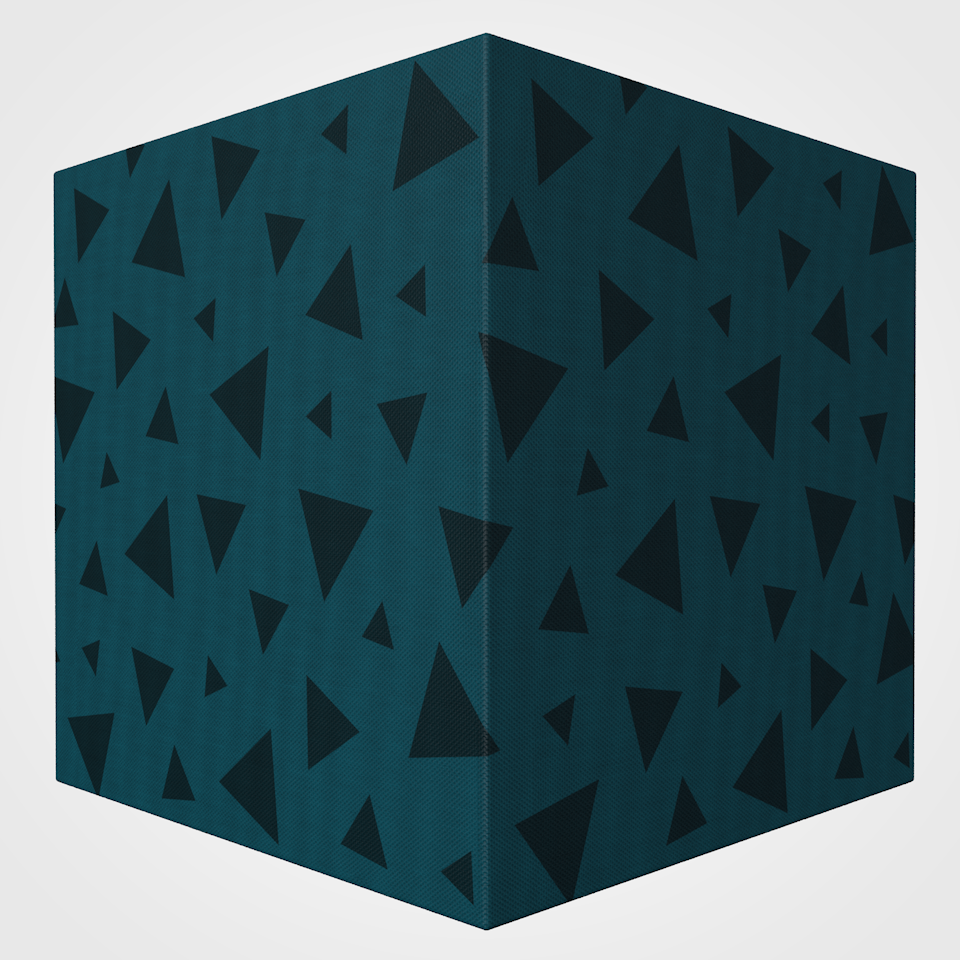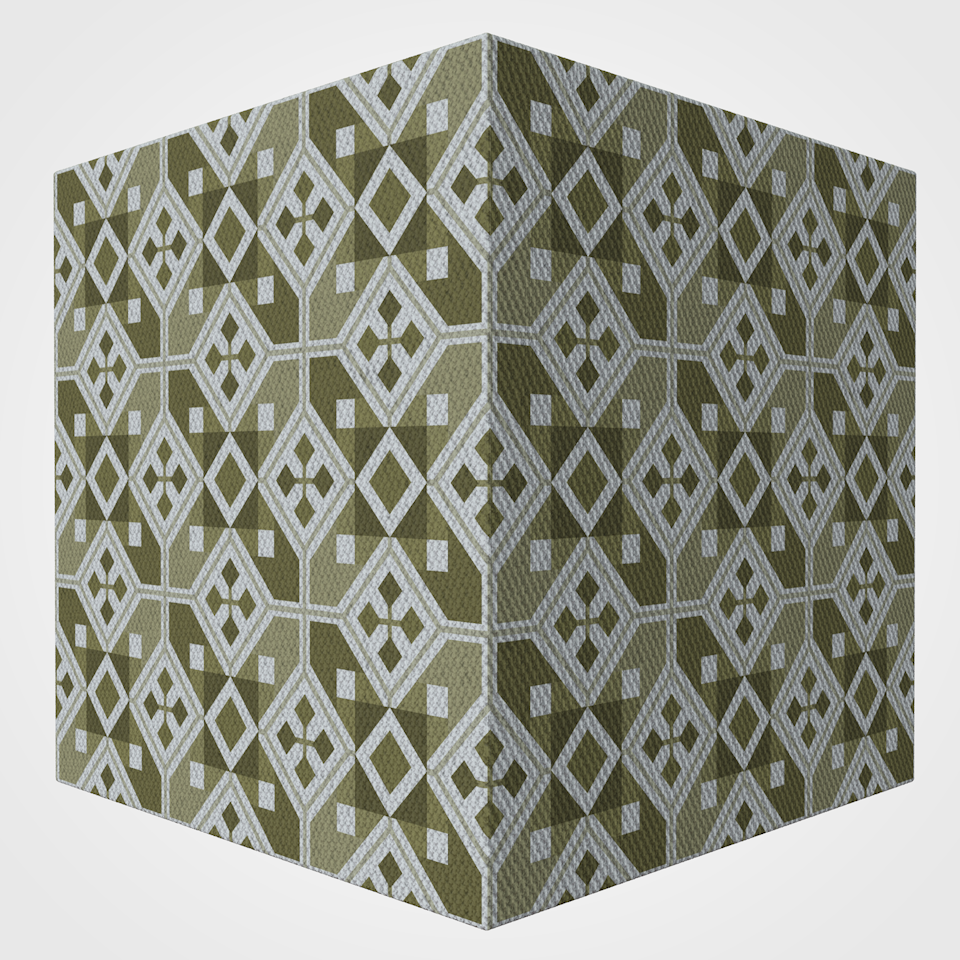

If 'Mode' is set to 'Hide Polygons' this options becomes available. This is similar to 'Remove Single Polys' but instead will hide groups of polygons which become disconnected. If you choose this option, these single polygons are deleted (you will still see the particles associated with them but that doesn't matter). Sometimes, tearing will result in single polygons being split from the mesh.

This drop-down menu controls additional appearance of the mesh when tearing is used (see the Cloth Tag for details of tearing). In order to see any effect, you should add some thickness and have a subdivision level of at least 1. This setting will bevel the corners and edges of the mesh. For example, a subdivision of zero gives 1 thickness segment, a subdivision of 1 gives 2 segments and so on (technically, a subdivision of n will give 2^ n thickness segments).

This does not increase the number of segments in the thickness, which depends on the subdivision setting. Increasing this value will add thickness to the object. Note that the more you increase this setting, the greater the number of points in the cloth object and the slower the simulation. Set it to zero to prevent any subdivision. Increasing this value subdivides the object, giving more mesh detail. Interfaceįor the buttons at the bottom of the interface, please see the ' Common interface elements' page. If you need to do this, please see the page ' Using xpShatter with Cloth Surface' below. When you add this object to the scene, you must make the cloth object a child object of the Cloth Surface, like so: Once this is done, you can simply animate the Pose so that the end of your sequence is the same pose as the start.This is a generator object which can alter the mesh used as the cloth object. The final part of the loop involves adding a Pose Morph Tag to the geometry and then using the two Alembic objects as Absolute references in the Pose Morph. Now, duplicate the Alembic and offset the cache timing. Choose Merge Objects from the Object Manager File menu and import the Alembic you just created. It would be nice to use a native external cache, but currently there is no external caching which is why I chose Alembic. Once the caching is complete you can disable the cloth and turbulence. That’s the sim done, next export the object as an animated Alembic. To hold the type in place, use the Mix Animation, Pin feature in the Cloth Tag, by using low values, the contraints are quite loose allowing the cloth to move with the turbulence, but also remain more or less in position. Global gravity is disabled and the Turbulence Force is added. We start by creating some type and adjusting the topology so we have a nice even mesh.


 0 kommentar(er)
0 kommentar(er)
